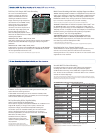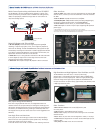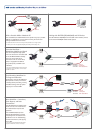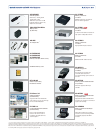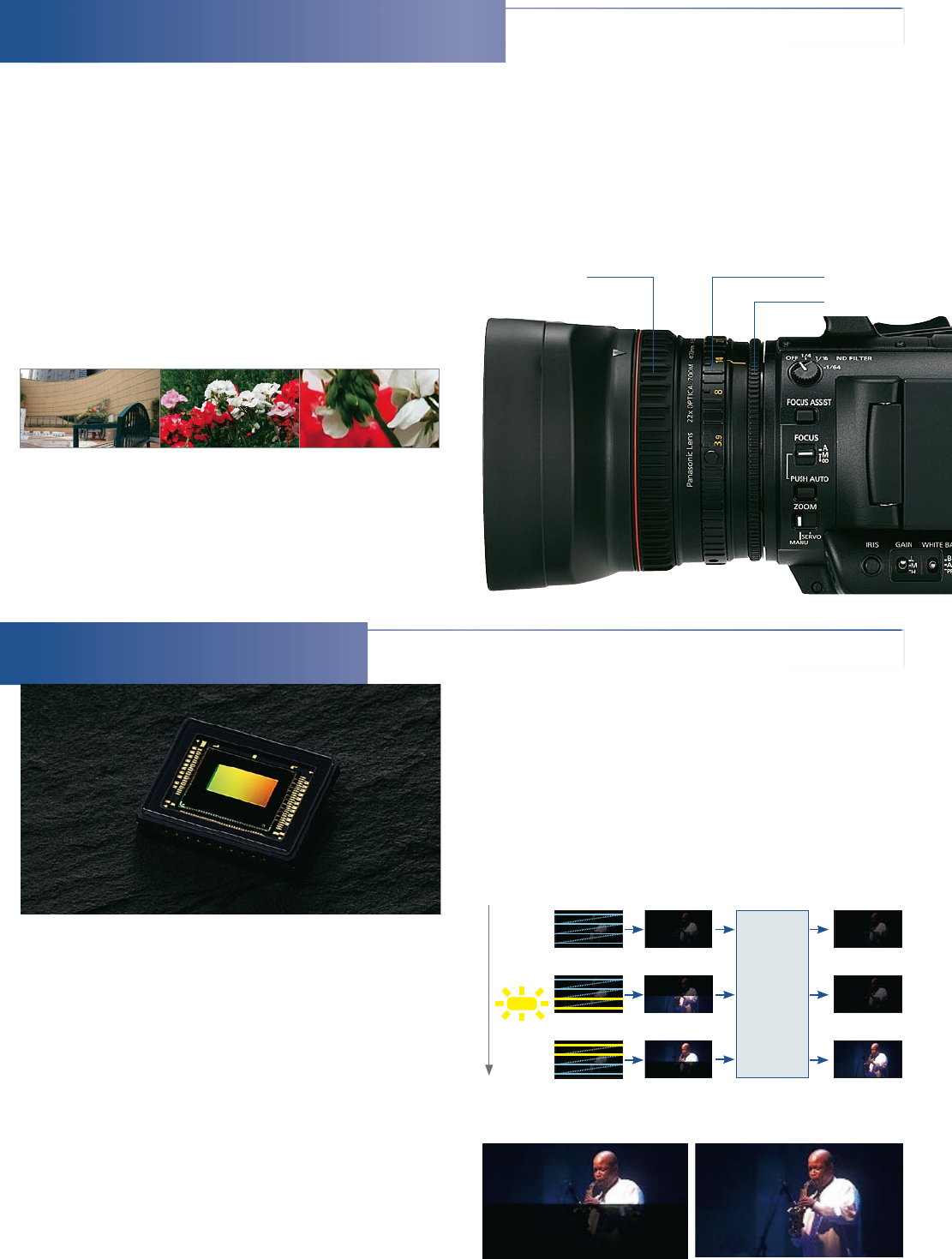
22x Panasonic Lens — Zooming in on New Levels of Image Expression
2
Packed with Panasonic Optical Technology
The high-performance zoom lens was developed specifically for
professional HD video production. While inheriting the wide-angle
capabilities of the DVX and HVX Series, it adds the same level of
operating ease as you'd expect from an interchangeable lens model for
broadcasting and other professional uses. Combining 18 lens elements in
12 groups, this advanced lens unit further adds a UHR (Ultra High
Refractive) glass element, a low dispersion element and aspherical
lenses. This newest optical technology can provide high resolution.
In addition, it is combined with a unique Panasonic digital signal
processing technology called Chromatic Aberration Compensation
(CAC) to minimize color bleeding in the surrounding image and achieve
rich expression with finely rendered nuances and excellent shading.
Zooming from 28mm to 616mm (35mm equivalent), this 22x zoom lens
covers a wide field of view, from wide-angle to telephoto, without a
conversion lens.
Three Manual Rings — Zoom, Focus and Iris
The lens unit is provided with three rings — a mechanical (cam-driven)
zoom ring, a focus ring, and an iris ring. You can operate them manually
almost like an interchangeable lens including rugged operation of
zoom ring.
Optical Image Stabilizer, Digital Zoom, and ND Filter
• Hand-shake correction with the Optical Image Stabilizer (OIS).
• Digital Zoom function.* It can be assigned to an user button and close
up to 2x, 5x, and 10x. In combination with the optical zoom, this
function provides a telephoto capability up to 220x.
• Four-position (OFF, 1/4 ND, 1/16 ND, 1/64 ND) optical neutral density
filter wheel.
* The digital zoom cannot be used while operating the Dynamic Range Stretch (DRS) or Scan Reverse
functions. If either function is operated while digital zooming, the zoom will be automatically turned off.
Also, Flash Band Compensation (FBC) will not operate while digital zooming.
High-Sensitivity F10*, 2.2-Megapixel, Low-Noise U.L.T. Image
Sensor and Optimized Signal Processing Circuit
The AG-HPX250 features the Ultra Luminance Technology (U.L.T.)
1/3-type 2.2-megapixel 3MOS image sensor that is incorporated in our
shoulder-type P2HD camera recorders. This advanced image sensor is set
to maximize the performance of the lens and signal processing circuit
under standard shooting conditions. Progressive Advanced Processing
(PAP) technology, which is driven by 3D adaptive processing, has also
been further refined to enable high-sensitivity F10*, low-noise shooting
in dimly lit places.
*AG-HPX250 sensitivity is selectable, F10 is PAP Filter Type1 and F7 is PAP Filter Type2 in 59.94Hz mode.
In 50Hz mode, F11 is PAP Filter Type1 and F8 is PAP Filter Type2. The default setting is PAP Filter Type2.
Flash Band Compensation
In contrast with the CCD image sensor, which accumulates still images
of single frames that are exposed with identical timing, the MOS image
sensor uses a rolling shutter system that sequentially scans each line of
pixels. This lowers power consumption and enables high-speed drive, but
because the exposure timing differs for each line, when an external flash
is used, it tends to produce images where the brightness is divided
between the top and bottom of the image. This is called the flash band
effect. The AG-HPX250 is equipped with highly accurate flash band
detection and compensation software. By generating pairs of frames
containing flash bands, and frames in which a flash extends from the
previous frame to the entire screen, and then using the compensation
process to adjust the level, the flash band effect of MOS-based imagers
is eliminated.
High-Sensitivity, Low-Noise U.L.T. Image Sensor
Focus Ring Zoom Ring
Iris Ring
Wide 28 mm Tele 616 mm (22x) 22x optical zoom x
10x digital zoom (220x)
U.L.T. Image Sensor
MOS Output Imager After Compensation Imager
Time Flow
MOS
Image Sensor
Output
Image
After
Compensation
1 1
2 2
3 3
Flash Band
Compensation
Process
Flash







